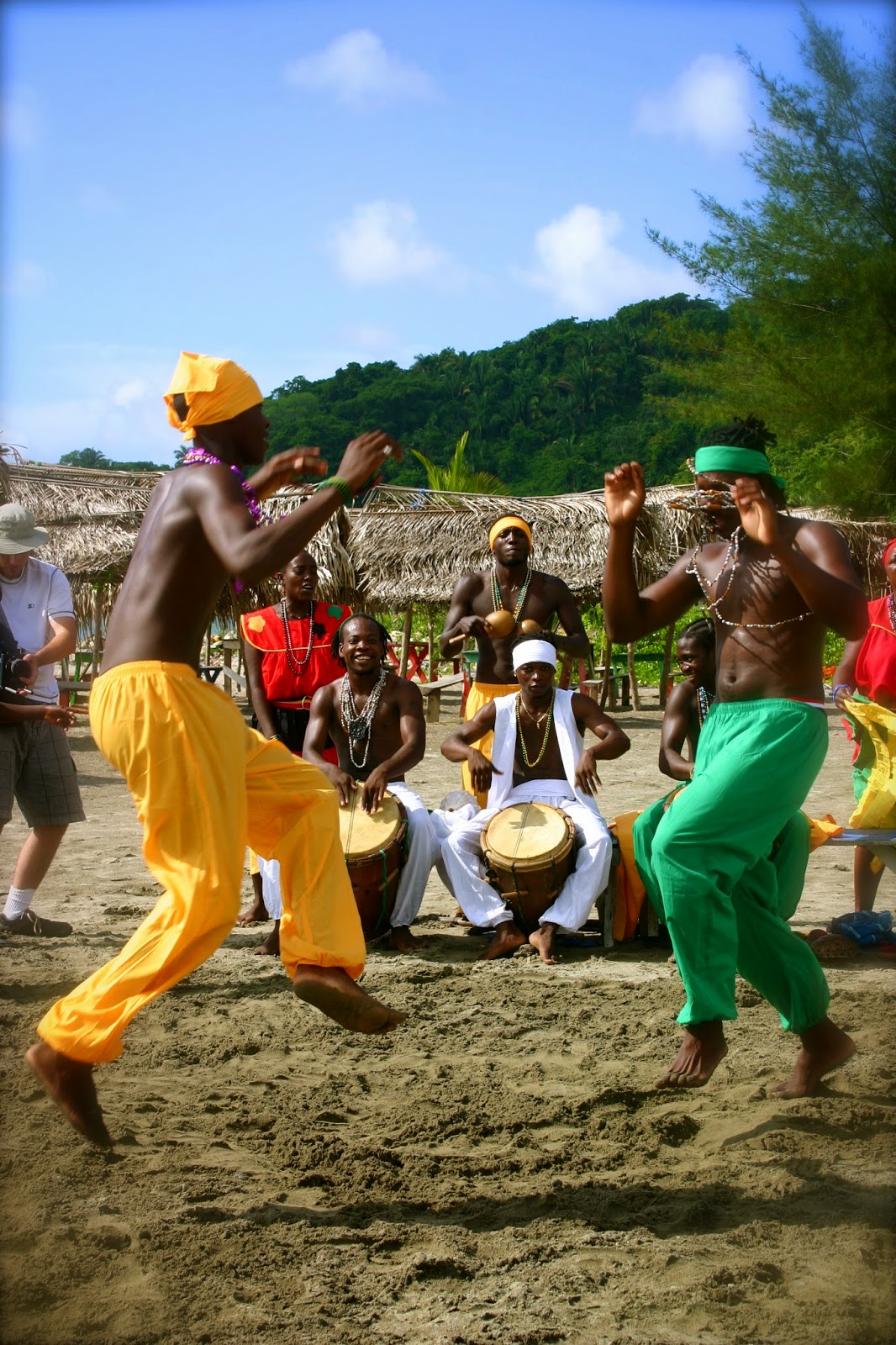Demographics of the Republic of Honduras
Census population and average annual growth rate |
||
|---|---|---|
| Year | Pop. | ±% |
| 1791 | 96,421 | — |
| 1801 | 128,453 | +33.2% |
| 1881 | 307,289 | +139.2% |
| 1887 | 331,917 | +8.0% |
| 1895 | 398,877 | +20.2% |
| 1901 | 543,741 | +36.3% |
| 1905 | 500,136 | −8.0% |
| 1910 | 553,446 | +10.7% |
| 1916 | 605,997 | +9.5% |
| 1926 | 700,811 | +15.6% |
| 1930 | 854,184 | +21.9% |
| 1935 | 962,000 | +12.6% |
| 1940 | 1,107,859 | +15.2% |
| 1945 | 1,200,542 | +8.4% |
| 1950 | 1,368,605 | +14.0% |
| 1961 | 1,884,765 | +37.7% |
| 1988 | 4,614,377 | +144.8% |
| 2001 | 6,535,344 | +41.6% |
| 2015 | 8,098,000 | +43.9% |
 |
| Map of Honduras (Source: BornInHonduras) |
Population Growth: 2.1%
Birth rate: 3.03 births/1,000 population
Death rate: 5.13 deaths/1,000 population
Total fertility rate: 3.05 children born/woman, ranked 62th in the world
The median age is 22 years, for males its 21.7 years, and for females 22.5 years
Life Expectancy: 73.49 years
Official Language: Spanish
Ethnic groups: Mestizo, Garifuna, Miskito, Tawahka,
Pech, Tolupan, Ch'orti', Lenca. Sources:
Wikipedia:
http://en.wikipedia.org/wiki/Demographics_of_Honduras
http://en.wikipedia.org/wiki/Honduras
IndexMundi:
http://www.indexmundi.com/honduras/median_age.html
Population in 2015
 |
| Garifuna tribe dancing "Punta" |
"The total population in Honduras was last recorded at 8.6 million people in 2013 from 2.0 million in 1960, changing 328 percent during the last 50 years."
90% of the population in Honduras is "Mestizo" which is a mix between European and Amerindian descend.
 |
| Mestizo girls celebrating with traditional Honduran folklore costumes (photo by Eric Mohl) |
7% population are ethnic groups called, Garifuna, Miskito, Tawahka, Pech, Tolupan, Ch'orti', Lenca.
 |
| Ch'orti' (Mayan) girls posing next to a Mayan drawing |
The remaining 3% of the population are immigrants from Turkey, Palestine, Arab countries, China, Korea, Japan, Germany, Ex-pats (American), and adjacent country visitors, etc..
Literacy rate:
"Literacy rate; adult total (% of people ages 15 and above) in Honduras was last measured at 85.12 in 2011, according to the World Bank."
 Honduras literacy rate has improved since the 1960s, they now have an advanced public school system as well as a highly advanced private school system. Private schools are paid often out of pocket, and only affluent families can do so. In 70% of private schools are bilingual and English is the language the that is learned. Often American teachers volunteer their services in providing English lessons and providing improved teaching formats to Honduran teachers.
Honduras literacy rate has improved since the 1960s, they now have an advanced public school system as well as a highly advanced private school system. Private schools are paid often out of pocket, and only affluent families can do so. In 70% of private schools are bilingual and English is the language the that is learned. Often American teachers volunteer their services in providing English lessons and providing improved teaching formats to Honduran teachers.
Population Distribution & Density Chart in 1974
Honduras population is mostly concentrated in its capital called Tegucigalpa. The second highest density city is called San Pedro Sula, which is the "industrial" capital of Honduras, and where most of the industries business is concentrated. Honduras is the largest country in Central America by its borders.
Graph depicts the population distribution in major areas in the country
Source: http://www.lib.utexas.edu/maps/honduras.html
Urbanization in Honduras:
 |
| KFC in Tegucigalpa, picture from https://rachelgit.wordpress.com/2011/06/02/tegucigalpa-taxis/ |
Recently there has been a change from rural living to urbanization. In San Pedro Sula, Honduras, the city is becoming urbanized, with extensive shopping malls, just like the ones in United States and some are actually bigger than the ones in United States. Well known international brands have started to shift business to Honduras, for example, Hilton Hotels, Holiday Inn, Toyota, Hyundai, Ford, McDonalds, KFC, CineMark, City Mall, Burger King, Taco Bell, Pizza Hut, Wendy's, LittleCaesar's, as well as many other American companies.
| Source: Wikipedia http://en.wikipedia.org/wiki/Transport_in_Honduras |
Honduras has started to improve their transportation system with higher quality highways and safer public transportation. The main form of transportation are buses and taxis. Family own cars is the second way of transportation. 28% of the population owns a car.
(Picture of City Mall San Pedro Sula) |
"Urban population (% of total) in Honduras was last measured at 52.15 in 2011, according to the World Bank."
| (Picture of Altia Business Park Honduras) |
"The economy of Honduras is a neoliberal free market economy based mostly on agriculture, which accounts for 14% of its gross domestic product (GDP) in 2013. Leading export coffee ($340 million) accounted for 22% of total Honduran export revenues. Bananas, formerly the country's second-largest export until being virtually wiped out by 1998's Hurricane Mitch, recovered in 2000 to 57% of pre-Mitch levels. Cultivated shrimp is another important export sector. Since the late 1970s, towns in the north began industrial production through maquiladoras, especially in San Pedro Sula and Puerto Cortés."
Source: http://en.wikipedia.org/wiki/Economy_of_Honduras
Urbanization Graph:
Source: http://www.tradingeconomics.com/honduras/urban-population-percent-of-total-wb-data.html
No comments:
Post a Comment